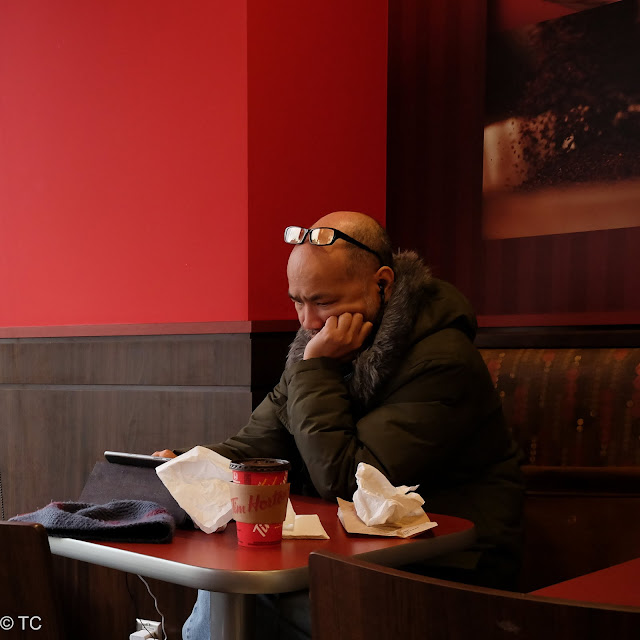Auto Focus
One of the most significant advances in modern digital cameras is the auto focus system. It is often the biggest challenge for new users to set-up, understand, and work with, and get useable results.
Most of the so called enthusiast digital single lens reflex cameras have nine or more focus points some of them cross type sensors meaning they are more likely to achieve autofocus because they can focus on both vertical and horizontal detail.
The problem is when you let the camera make the choice of which point to use to focus on an object it may not be your intended subject. Popular AF features are auto focus face detect, and continuous auto focus with focus subject tracking. From my experience when using all the AF points the camera/lens will focus on the closest subject in the frame and that will be the point of absolute focus as determined by the camera's AF system and not the photographer.
The more expensive the DSLR the faster and more complex the auto focus system, allowing sports photographers to never miss the peak action shot. Most of these DSLR cameras can shoot 6 to 12 frames a second while continuously focusing on the 'selected subject'. Anticipating peak action is no longer a requirement of the good sports shooters of days gone by.
 |
| The Camera Multi-point AF selected the lamp post and buttons as they are closest to the camera. The subject is out of Focus as I was shooting at F4 which limits depth of field (focus)! |
For every day use and/or day to day shooting I strongly recommend starting with the (single) centre AF point locking the focus on the subject - keep the shutter release button half pressed - recompose if necessary and shoot. The centre point is usually a cross type sensor which makes it fast and accurate. I want to add that with all but the most expensive DSLR cameras the Auto Focus depending on the light can be both slow and inaccurate so managing how it is used is critical.
This method of using the AF system is akin to how it was done with manual focus film cameras. The split screen or focus fresnel point was always in the centre - focus and recompose was a given. In short you take control of the auto focus and decide what will be the point of focus - not the cameras AF system.
Understanding depth of field (focus) can't be ignored - also knowing what factors effect depth of field (focus) are important to understanding focus be it auto or manual focus. Not the subject of these thoughts, but knowing depth of field is always greatest behind the point of focus will help your composition skills.
Finally the reason Nikon and Canon continue to own the professional camera market is the speed of their DSLR cameras especially as it relates to Auto Focus. The broad spectrum of the most modern mirrorless cameras just can’t keep up when it comes to AF tracking - I would be kind in saying that most of them are not even a distant second to the likes of the pro Nikon and Canon bodies and lenses. Take a Sony A7RM2 mirrorless camera with Sony’s very latest 70-200 F2.8 lens to an NHL hockey game and shoot beside a Nikon D4s and the AF speed difference gets apparent very quickly.
- 30 -















